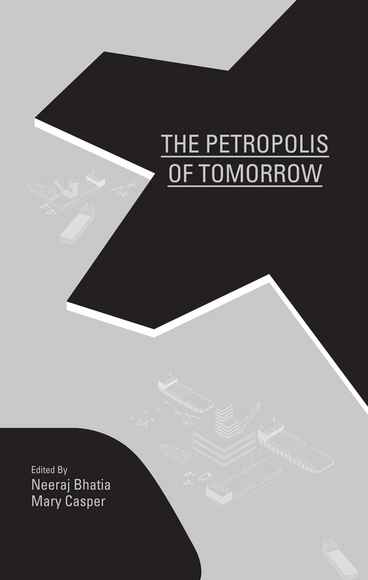
Clocking in at just under six hundred pages, Neeraj Bhatia and Mary Casper’s The Petropolis of Tomorrow (Actar, 2013) presents a series of dueling monstrosities—land and sea; ecology and industry; isolation and circulation—at the hard-edged site of their collision. The product of an intensive research studio directed by Bhatia at the Rice School of Architecture, Petropolis documents and explores Brazil’s rapidly developing network of offshore petroleum and natural gas drilling infrastructures as a site ripe for the deployment of architectural expertise and imagination. Conducted as part of a broad collaborative research investigation on resource extraction urbanism initiated by the South America Project (SAP), the studio, as introduced by SAP Co-Director Felipe Correa, is a speculative experiment that “tests an extreme scenario” with the aim of identifying “new hybrids between industry and urbanism for an alternative twenty-first century extraction town.” Complementing the studio work, the editors have marshaled an impressive array of text and photo contributors whose essays offer distinctive takes on the book’s three thematic threads: archipelago urbanism, harvesting urbanism, and logistical urbanism.


